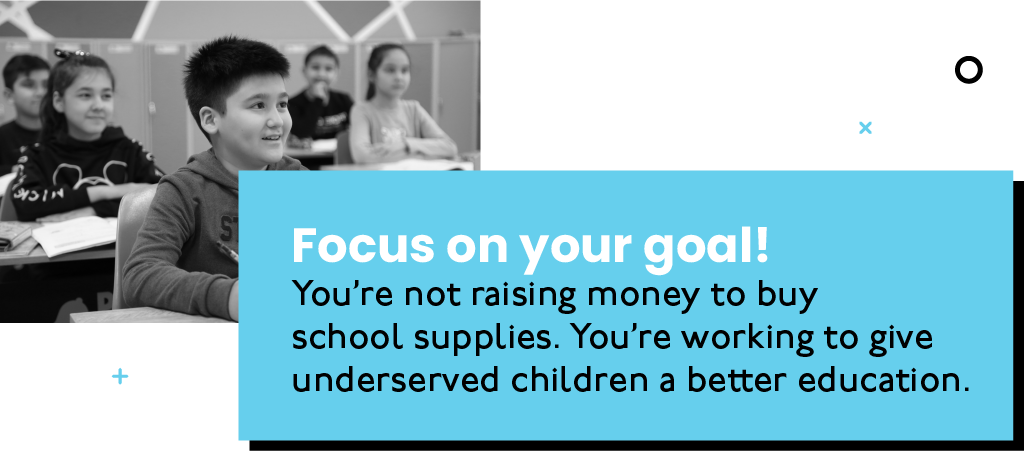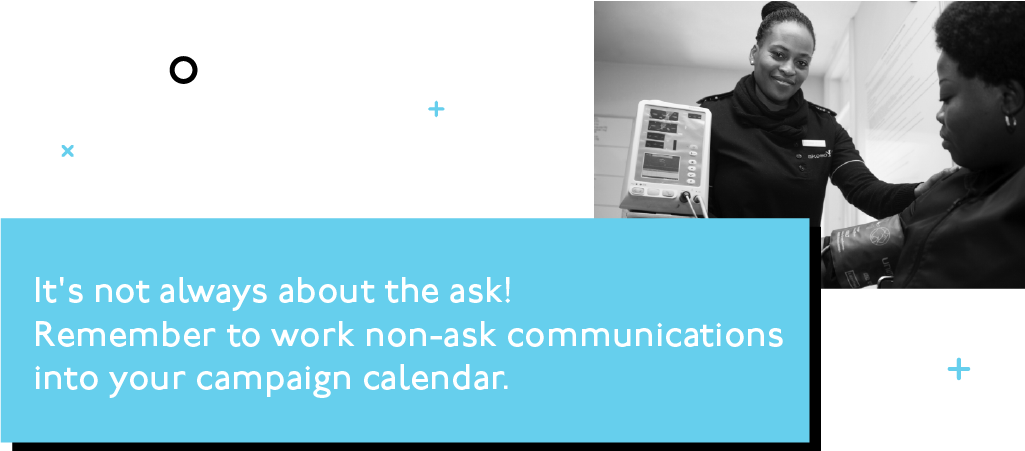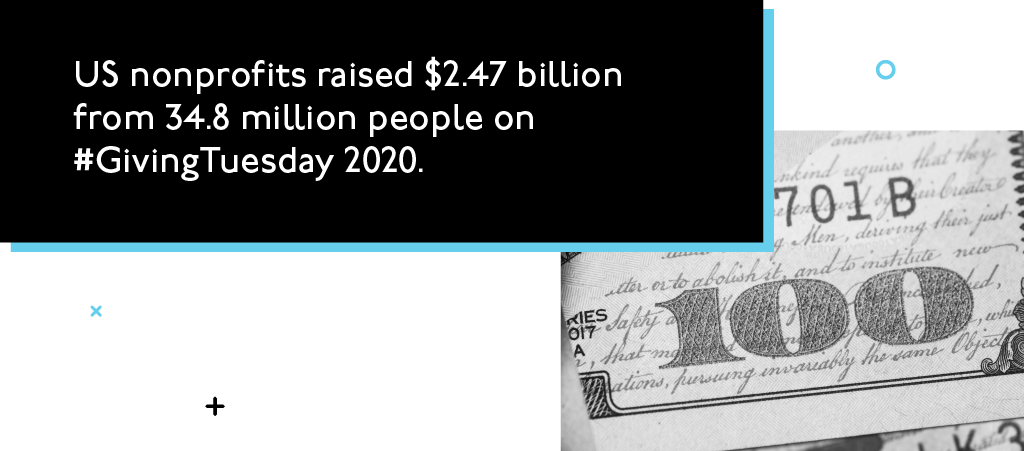The summer is almost behind us and fundraisers like yourself are spinning their wheels and starting to think ahead about the 2021 year-end appeal season.
But don’t just burn rubber! It’s always great to be proactive. But you’ve got a lot on your mind. And it’s not always clear where you should focus your attention.
After all, this isn’t your first time around the track. You know how crazy things can get leading up to appeals season. But putting in the work now can help you keep on track, maximize your results, and do more for your mission!
Here are five tips to keep in mind for your 2021 year-end appeal:

1. Think differently about your goals.
Before you get started, it’s important to ask yourself, “what are we trying to achieve?” Now the easy answer is to raise money! But that’s really just a means to an end. You need to think about the big picture.
You’re not raising money to buy school supplies. You’re working to give underserved children a better education.
You’re not building a new wing of a medical center. You’re making sure you have the facilities to better serve your entire community.
Get the picture?
Focus on your mission and keep it in mind throughout the entire appeal campaign. Your donors will be more excited to make a difference than to simply contribute to your annual fund.
Then, make sure all elements of your 2021 year-end appeal tie into this mission. Everything from your stories, to your calls-to-action, should be focused on why your organization exists and how your donors can help make your mission a reality.
READ MORE: 5 methods to modernize your nonprofit’s messasge.

2. Think strategically.
You know that you need to reach the right donors, with the right message, in the right way, at the right time if you want to raise more money and achieve your goals.
So, it’s important to think strategically about your 2021 year-end appeal, especially if you have been less than diligent in the past!
Your donors can tell if you’re sending the same generic letter and emails to your entire donor base. This won’t make them feel special. They won’t feel like their gift matters and they won’t be as eager to support you.
The easiest way to make your outreach feel more personal and relevant is to group your donors into audience segments based on their similarities.
You can learn more about how to segment your audiences by clicking here!
Then, once you create messages that speak to these groups more directly, you should plan all the touches for your 2021 year-end appeal in a communications calendar. Keep track of what segments are receiving what messages, as well as when and what medium they receive them.
This will help make sure you are keeping all your donors engaged, while not overlapping with other communications they may receive.
Oh, and don’t forget. It’s not always about the ask! Make sure you reach out with plenty of non-ask communications to keep donors engaged in between appeals. Your supporters will feel like your personal ATM if they only hear from you when its time to donate!
READ MORE: The do’s and don’ts of going surround sound.

3. What about #GivingTuesday?
#GivingTuesday has quickly become one of the biggest days in fundraising. And last year was another record-breaker. US nonprofits raised $2.47 billion from 34.8 million people last #GivingTuesday!
These numbers are eye-popping. And if you haven’t made #GivingTuesday a priority before, you may feel like your missing out!
However, there is a lot of noise on #GivingTuesday. Your supporters will be receiving appeals from every organization they’ve shown interest in.
So, consider thinking differently about your #GivingTuesday strategy. Rather than follow suit with everyone else, stand out by reaching out without an ask!
Use #GivingTuesday as an occasion to thank your donors for their past support and remind them of the impact they’ve made. This will help you stand out with something different and prep your donors to give when you send your 2021 year-end appeal.
READ MORE: How to engage donors after #GivingTuesday.

4. Thank donors again and again.
There is no such thing as being too grateful to your donors. And you probably send an automated email to say “thanks” and confirm the transaction was processed after a donor gives. But this isn’t enough to make your supporters feel valued!
You need to reach out again with a more personal and heartfelt thank you in the days following a donation.
And remember to demonstrate the impact the individual has made on your goals with their support.
But your thank you’s should also open the door for future engagement.
You know donors who feel involved and engaged with a nonprofit’s work are more likely to understand their impact and give again. So, let donors know about the other non-monetary ways they can support you, such as volunteer opportunities!
And don’t forget to warm donors up before an appeal by thanking them for their past support! Remind them of the impact they’ve already made and let them know that there is still much to be done.
READ MORE: How better thank you’s can elevate your fundraising.
5. Let data drive your decisions.
Typically, we like to think diving into your analytics and determining what went right or wrong comes after the new year.
But it’s important to know what metrics to look for ahead of time!
After all, you’ll need to look at much more than your campaign’s fundraising totals or organization’s revenue for the year to understand how your 2021 year-end appeal performed.
The amount of money you raised is important, but there are several other ways you should be evaluating your year-end fundraising push.
Specifically, there are five key metrics to track that will help you adjust your approach during the campaign and learn what to do, or not do, differently next year.









